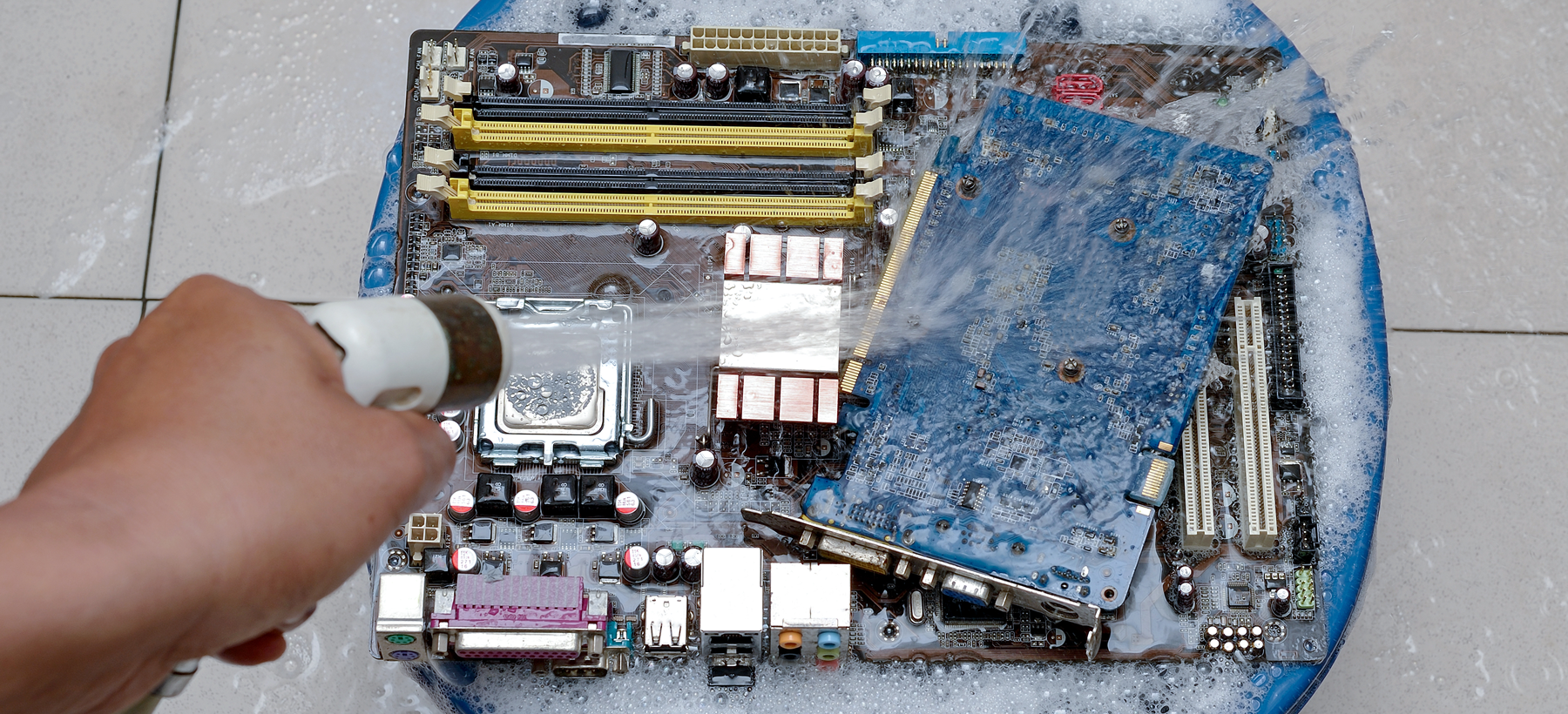This is a multi-part series covering the best practices of establishing a new cleaning process. These are written by Pierce Pillon, Techspray’s Field Engineer. Contact us if you want Pierce’s help developing or improving your own cleaning process.
Occasionally, you will need to assess your cleaning processes due to various reasons. In no particular priority, these can include such considerations as
• Performance
• Cost
• Upstream or supply disruptions
• Your customer’s changing requirements
• Environmental/health concerns
• Regulatory changes that can affect your cleaning process
During this time you should explore other broad issues that will ultimately affect the direction you want your process to go. Such issues include, but are certainly not limited to
• Identifying the best chemistries for testing
• Cleanliness requirements (yours or your customers’, if you happen to be a CM)
• Deciding how the new process or chemistry will be integrated into your overall system
• Making the decision if new (or different) equipment will be necessary and the accompanying capital outlay
• Testing design (design of experiment/DoE) to ensure your new or updated process meets all the criteria you set forth.
This should be accomplished with definition, organization, and execution.
Definition
The reason for the assessment should be clearly understood and presented to the team’s members. The goals (both ending and gateway) should be laid out along with intermediate go/no go points as well as “circle-backs” when mapping the project.
Organization
This is key to obtaining the desired results in your assessment and project. Referring to mapping the project above, one way to visualize the goals and go/no go points is a linear “brown paper” exercise where these are identified on paper on the wall of your war room, which may be a conference room, production area, or simply your office. One including circle-backs may be a yes-no decision tree which points out the next step (either yes or no). Note that a “no” answer may involve reverting back to a previous step.
Information gathering is important when weighing the many decisions you and your team will make. Be as complete as possible in this. This may, and probably will, involve many sources such as chemistry providers, equipment manufacturers, EHS personnel, operators and customers.
Obviously, the project organization can be as simple or complex as the assessment requires.
Execution
First and foremost, don’t let the analysis of data and information lead to paralysis. Surely, make certain you have the necessary information (and gather more if need be), but don’t let it overwhelm you or your team. One question usually leads to another, and that’s OK, but stay focused on the goal. Break this process down into smaller, manageable components. This will allow your team to remain on point. The smaller the component is, when a decision is made to proceed – if a mistake is made, it’s a smaller one and your team can easily backtrack. If this occurs, take a little time for a side session:
1) How did this happen
2) Was it incorrect, incomplete, or misunderstood information
3) How can this be prevented for the remainder of the project?
Above is a very broad and abbreviated overview. In future articles, we will explore more specific subjects such cleanliness criteria/requirements, identifying the best chemistries to evaluate, and designing the test protocol to provide you with the necessary data to make the best decision and obtain satisfactory results for your facility.
Subscribe
Stay up-to-date on Techspray news, products, videos & more.
You did not finish submitting your information to request a sample




